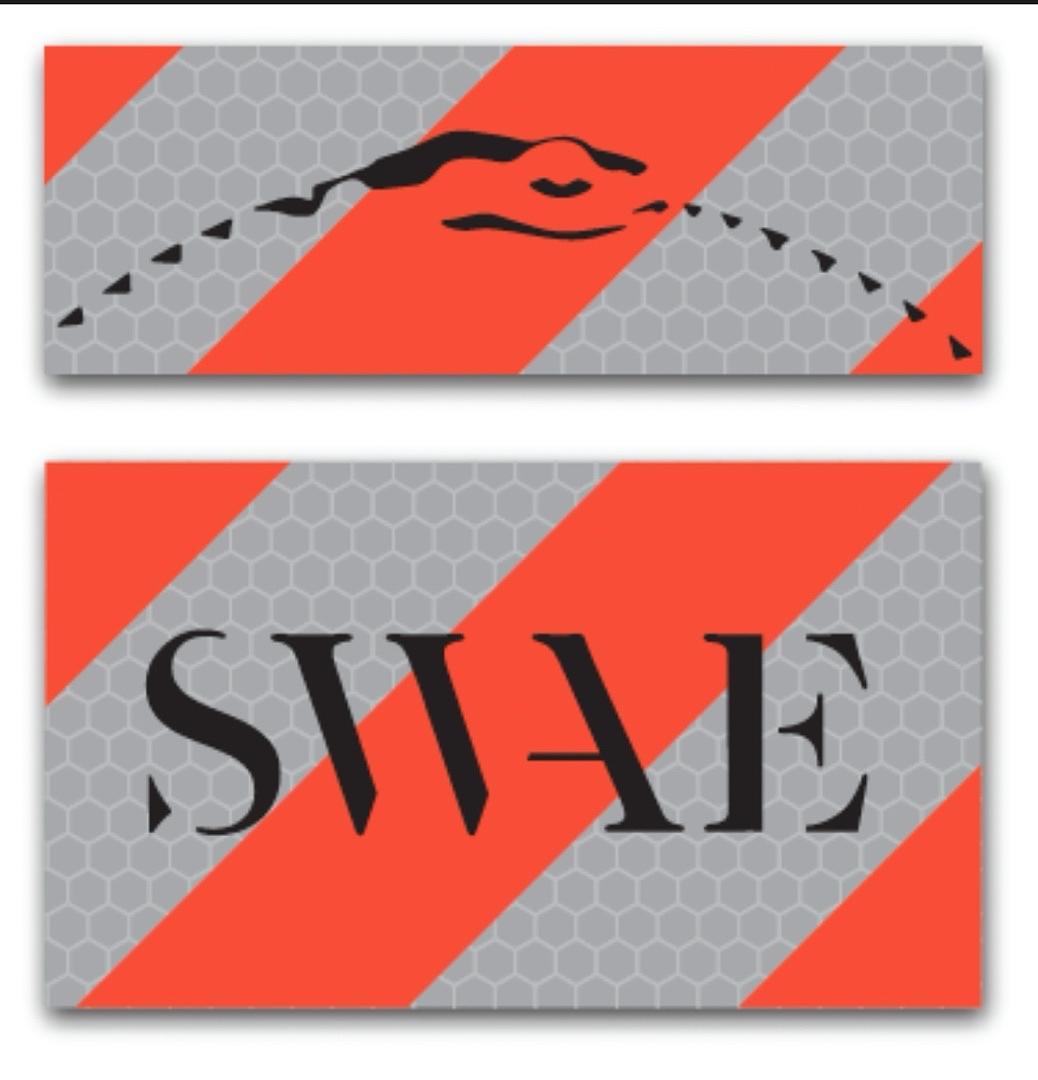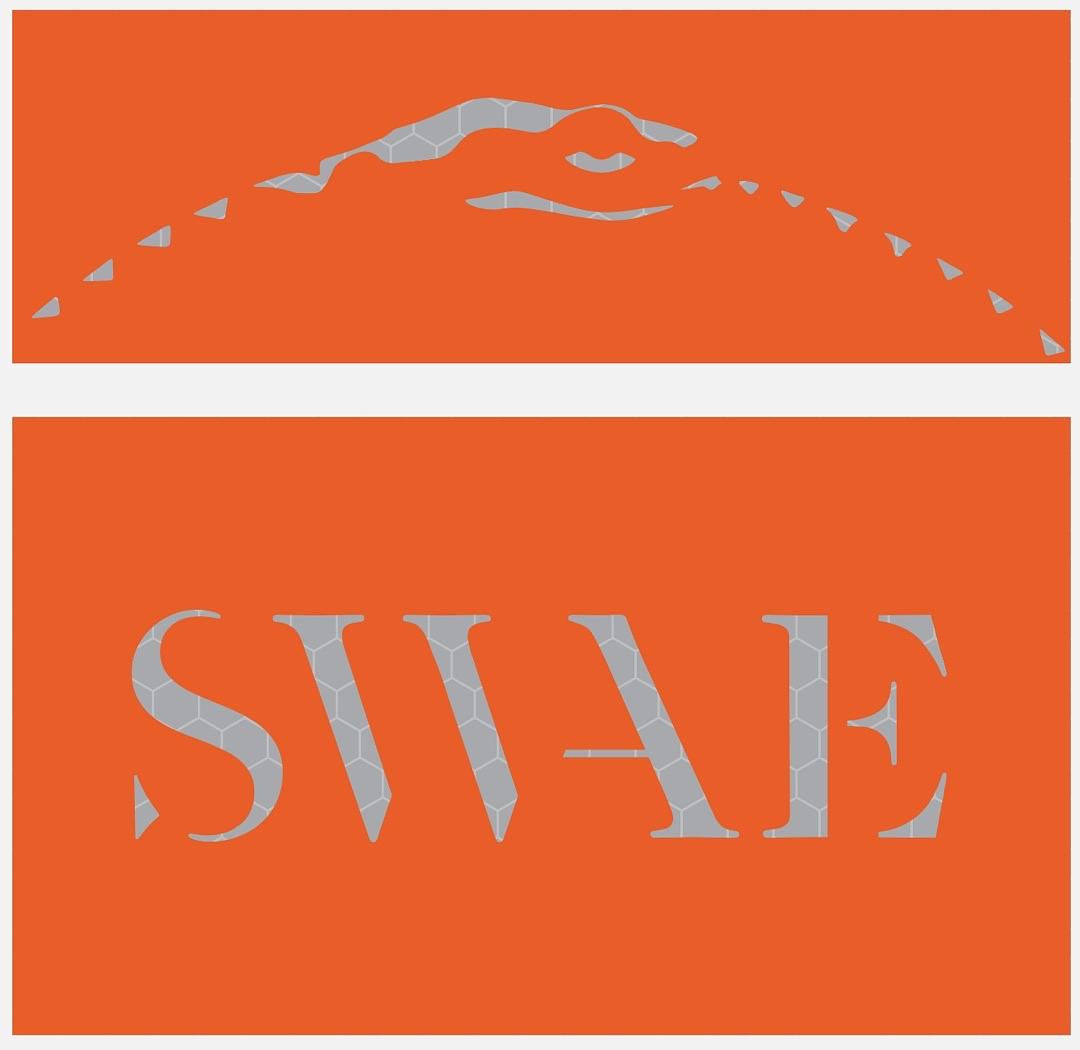Adventures
THE FUTURE OF CONSERVATION
The old grizzly bear lets out a low chuff as he splashes into the knee-high creek. His golden brown fur shines glossy in the sun as he slowly wades through the pristine waters of Glacier National Park. While the bear knows he must begin to load up calories for the impending winter, what he doesn't know is that in a server hundreds of miles from him, an AI is already setting up prediction models for where he will den the winter.
When the conversation of new technology arises, we often conclude it will be detrimental to nature. That advancement always comes at the cost of the natural world. But as new technologies emerge, the conversation could begin shifting to how they will actually benefit natural ecosystems and wildlife, ensuring future generations get a chance to enjoy them, as our ancestors did before us.
The first significant advancement is AI. Artificial Intelligence in its current form can import large data sets and, based on a series of commands issued by a person, learn from that data and output new information. For example, the western United States and Canada are ravaged each summer by massive wildfires. These fires can cost human lives and destroy communities. The fires also destroy entire ecosystems and dissipate native populations of various plant and animal species. AI can predict where the fire will start by inputting satellite imagery of past wildfire areas and water shortages in the region. This is just one example of how inputting data into these new incredible tools can help save lives and environments.
For The Sake of Future Generations
Another advancement that is helping assist conservation is LiDAR and advanced radar technology. While this tech has been around for decades, it's only recently advanced to a level that can be used to implement practical strategies to help conservationists. For example, drones carrying LiDAR systems can take advanced pictures to generate a 3D environment for computer systems. This new map can see differing levels of erosion, predicting floods long before they happen.
Some other technological areas that have seen significant advancements are in the realm of robotics. Boston Dynamics has pushed the bounds of autonomous quadrupeds like their SPOT dog robot. Remote locations in the wild might be too dangerous for a person to approach. By sending in SPOT, conservationists can avoid deadly conflicts with large predators or swarms of harmful insect life. While also gathering valuable data and leaving the animals undisturbed by a human presence.
While it may be challenging to grasp, past technological advancements are an excellent example of how technology has helped foster natural spaces. The "Hi-Line" railroad system was built just south of Glacier National Park in the 1930s. Allowing tourism to flow into this area made the natural space a commodity all its own. Now almost 100 years later, thousands of people continue to travel into Glacier by train. This valuable financial resource is a major reason why Glacier has maintained its undisturbed nature, and the conservationists who live and work here can continue their valuable work.
Technology has always been able to help enhance natural spaces and protect against those exploiting them. Therefore, it is a particular curiosity and fearlessness we must embody when exploring new tech as an asset to help cultivate the good we wish to see in the world, as opposed to treating technological advancement with a stigma that shies us away from the potential it carries.




















